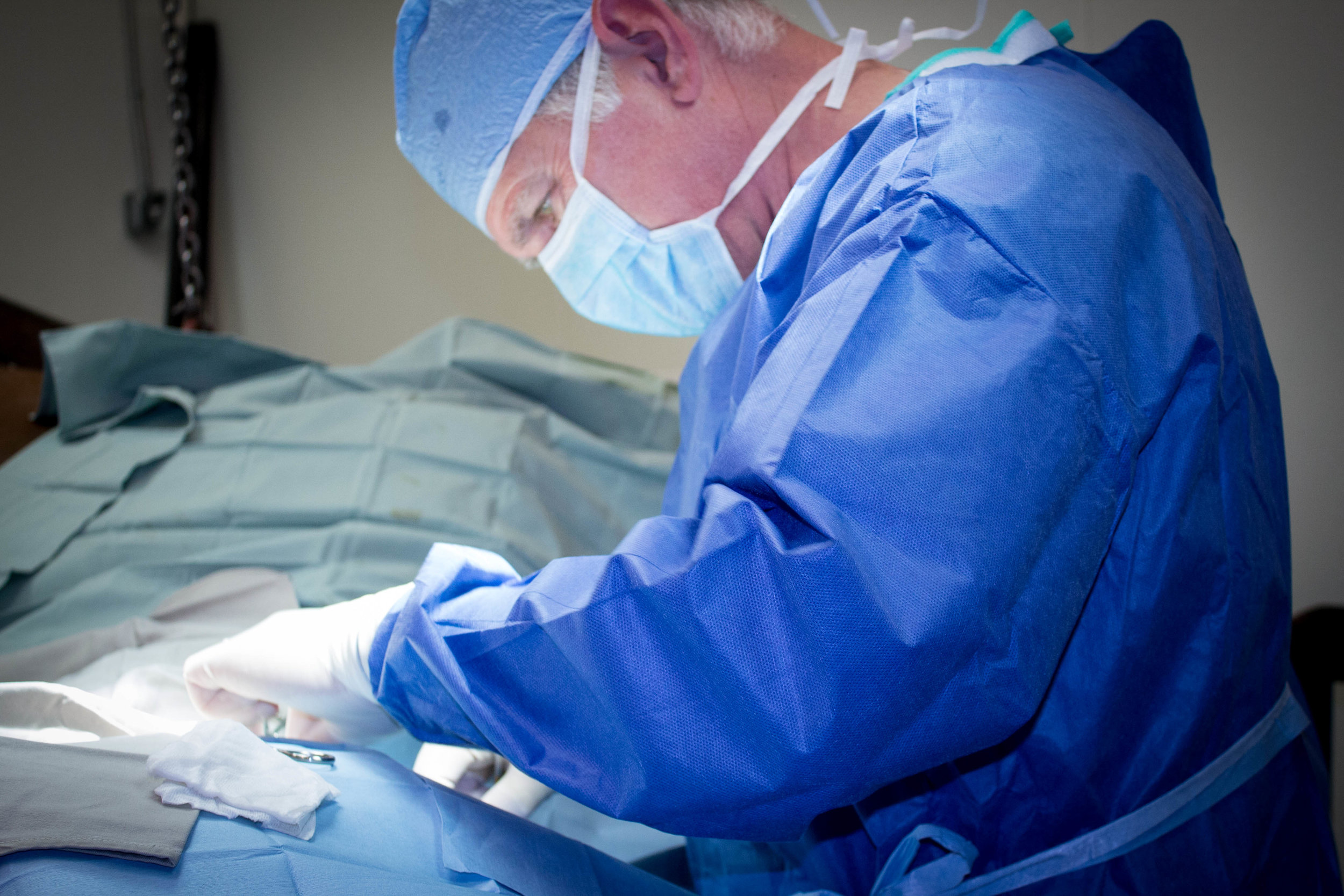Surgery:
Southern Equine Service has a surgery suite with a padded stall for anesthesia induction and recovery. Our operating room is equipped to run gas anesthesia. The elective surgeries, which are performed on stable, healthy patients, include: arthroscopy, enucleations, fasciotomies, neurectomies, cryptorchids, umbilical hernia repairs, tie backs, tie forwards, and splint bone removal. If you would like more information on a surgery or pricing please call our office.
+ Arthroscopy
Arthroscopy gives us the ability to look directly into joints. We can evaluate the joint and its cartilage. At the same time, chips can be removed and damaged bone and cartilage can be "cleaned up." This can all be done with minimal trauma through very small incisions allowing for a quicker recovery.
+ Soft Tissue
We offer elective surgeries for a variety of conditions. Please note this surgeries are performed on stable healthy horses. We are not equipped to manage surgical colic cases at this time. Some surgeries we offer include:
Mass removals
We offer elective surgery to remove cutaneous (skin) masses and submit them for histopathology testing. This testing is recommended because it not only determines the type of mass present but if the lesion is likely to reoccur or spread. Many masses can be removed under heavy sedation while standing, but depending on location, size, and patient demeanor, if general anesthesia is recommended, we have a surgical suite and recovery room available.
Enucleations
Enucleation, or removal of the eye and some surrounding structures, is usually performed due to persistent eye disease unresponsive to medical therapy causing pain associated with the eye. This procedure can be performed under general anesthesia (down and asleep) or standing. Due to the risk of recovery in any case of general anesthesia, many enucleations are performed standing under heavy sedation and local anesthesia (nerve blocking). The eyelids are sutured and the globe is dissected out of the orbit (socket) and the area is sutured closed. Although the area is often swollen initially, a pressure bandage is applied for several days and the patient is kept on antibiotics and anti-inflammatories.
Hernia repair
Hernias are weakened or thinned areas of body wall that can allow pieces of intestine to protrude under the skin on the abdomen or in the scrotum of male horses. The most common type of hernias in horses occur on the ventral (bottom) portion of the abdomen at the site of the umbilicus (belly button). If large enough, these hernias can pose a risk of strangulating the intestine or increasing in size due to the weight of the gastrointestinal tract as the horse grows. Mild umbilical hernias may resolve without surgery but if needed, we do provide elective surgery to close body wall hernias at our clinic. The horse is put under general anesthesia (down and asleep). An incision is made through the skin and the body wall is sewn closed and the skin is sutured. Once the horse wakes up he/she is usually sent home the following day on antibiotics and anti-inflammatories.
Neurectomy
A neurectomy is a surgical procedure in which the nerves that innervate the foot are removed. This surgical procedure is only performed after medical treatments have not improved lameness, and the issue is confirmed to be in the foot. This procedure can be performed while the horse is standing or under general anesthesia.
Cryptorchid
Some male horses are have a testicles (or sometimes both) that do not descend into the scrotum. These horses can often be difficult to work with because the retained testicle will produce increased testosterone. This condition is also genetic therefore gelding these horses is recommended to prevent passing on this condition and to make the horse easier and safer to train. The surgery requires placing the horse under general anesthesia to remove the retained testicle as well as usually castrating the other side.
Fracture splint removal
The splint bones are remnants of the finger bones in a horse and lay on either side of the canon bone. Although these bones are not weight bearing the top of the bone does contribute to the carpus (knee) or hock joints. If one of these bones is fractured in the lawer portion removal is often recommended to prevent large scar tissue from forming and putting pressure on the soft tissue structures in the back of the limb (namely the suspensory ligament). The removal of the fragment can be done standing in most horses and is checked with x-rays.


